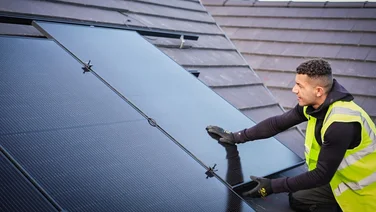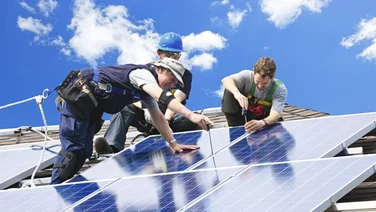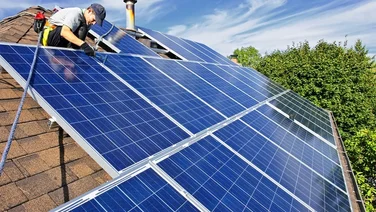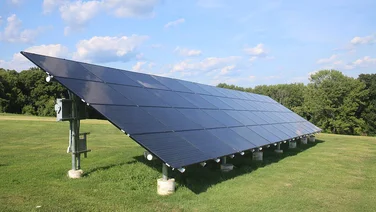2023 was a record year for renewable energy growth, with solar power driving a 50% increase in global capacity, according to the International Energy Agency’s (IEA) Renewables 2023 report.

This was the 22nd year in a row of record growth in renewable energy additions, with solar accounting for three quarters of new capacity.
China was responsible for most of this growth; according to the IEA, the amount of new solar additions in China in 2023 were equivalent to all global additions in 2022.
This should come as no surprise. China has been a leader in solar PV for a few years now, accounting for five out of the top 15 largest solar farms, as well as six of the seven largest solar panel manufacturers.
At this rate of growth, Carbon Brief estimates that in the next five years, renewables will produce enough electricity to power the US and Canada.
The IEA is also predicting that by 2028, renewables will account for 42% of global electricity production, with solar and wind accounting for 95% of that capacity expansion.
What’s behind the growth in renewables?
One key factor behind all this growth is that renewable energy is cheaper than fossil fuels, which makes it a great investment.
In 2023, for example, three-quarters of new solar and wind farms had cheaper generation costs than their fossil fuel equivalents, according to the IEA.
Additionally, the spot price of solar panels decreased by 50% compared to 2022, mainly because manufacturing capacity is expected to outpace demand in 2024.
Another reason behind the growth in renewables are favourable government policies. Over 130 countries have policies in place that support the expansion of renewables, which the IEA believes are a key driver for expansion.
However, the IEA also warned that more government action was needed to speed up growth. Issues still exist around a lack of financing, perceived policy uncertainties, and administrative barriers. These are blockers for launching new renewable projects, and can also drive up their cost.
One example of this is offshore wind projects in the UK. In September 2023, the government’s Contract for Difference auction failed to attract any bids from investors to launch new wind projects.
The general consensus from the industry was that the scheme was not generous enough, relative to how much the projects would cost, and that the government had failed to account for high inflation in the wind sector.
This was reflected in the IEA report, which noted that “the wind industry has experienced a significant decline in market value” because of financial challenges.
The future of renewable energy
At the current growth rate, the IEA expects global renewable energy capacity to reach 7,300 gigawatts (GW) by 2028, and increase 2.5 times from current levels by 2030.
This would mean falling a little short of the COP28 goal of tripling renewables and ending up with 11,000 GW in capacity by 2030.
However, as the IEA report notes, the goal of tripling renewables can still be achieved with more government support.
China will continue to be a leader in renewable energy. The country is expected to account for up to 60% of new renewable capacity coming online by 2028, by which point half of its electricity will come from renewables, an impressive feat for such a massive country.
As if to cement China’s hegemony over the renewables industry, Chinese company BYD recently overtook US-based Tesla in sales in the final quarter of 2023, for the first time ever.
If you’d like to play your part in driving the renewable future of power generation, you can read up on residential solar panels costs, heat pump costs and EV home charging stations, and get quotes for each from one of our trusted partners.








